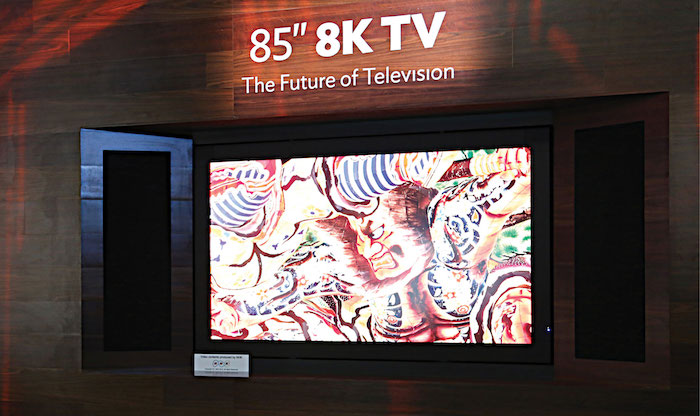Today’s viewers watch a variety of different video content on a number of devices. With the proliferation of mobile devices, we continue to push boundaries of how we view content, specifically in video quality. In fact, the recent introduction of 4K tablet computers and an iMac computer with a 5K retina display is an indication of interest in high-resolution images, even in smaller-screen environments. With the introduction of these higher-resolution formats for a variety of devices, are we at the point or will we ever get to a place where our vision deems all these extra pixels unnecessary?
Picture perfect: The case for pixels
All of the heavy-hitting technology companies have one thing in common when releasing new devices—resolution, which is a focal point as one of the selling features. And why should it not be? One of the main attractions of laptops and mobile devices is for entertainment purposes, such as watching shows or movies on Netflix.
As a result, video streaming has become a standard activity for consumers. For example, within the last couple of years, the concept of TV Everywhere has exploded. This has caused service providers to upgrade network capabilities to offer the best possible viewing experience for their customers. High-definition viewing is no longer a benefit but a standard for consumers.
Higher-resolution content may be useful in smaller screens where a user may expand the viewed content to see smaller features. Thus, high-resolution content can lead to new games and other entertainment experiences where small features may be important. This feature is also valuable for amateur and professional video makers and for who may need to make modifications to images close to the pixel level.

4K and 8K: Is it pixel overload
4K technology is steadily making its way into our entertainment channels, but it is not the limit for high-resolution videos. There is work going on to develop the infrastructure for 8K×4K videos, particularly by NHK in Japan. These 8K videos will have about 4x as many pixels as 4K videos, since pixel dimensions are roughly doubled in each dimension.
In addition, as the resolution increases, the frame rate of the captured (and displayed video) should go up to avoid certain video artifacts. Thus, the total size of an 8K video movie could be 100x larger than today’s HD (about 2K×1K video).
As a result, this will impact storage-capacity sizes of future consumer devices. This is already becoming evident with the launch of iPhone 6 and iPhone 6 Plus smartphones, which offer up to 128 gigabytes of storage. We will see this in other products also as the demand for space continues to rise.
8K video demonstrations with large-screen displays at trade shows provide amazing details that are lost or blurred in lower-resolution videos. Today, 8K videos are experimental and very expensive but there are 8K video projects now, with more being planned. Japanese developers plan to start 8K TV broadcasts by the start of the next decade. In another four to five years, 8K×4K displays may be the next big thing, like 4K displays are today.
Putting it together: What the future holds
But, what is the limit of video resolution that we could want? Well, what this higher resolution is all about is creating a more immersive user experience. Ultimately, we want an all-encompassing display that is hard to distinguish from reality itself; what we want is a holodeck (for all you Star Trek fans).
A totally immersive artificial reality will require at least 8K video content, and possibly 16K×8K video resolution. This video content would be projected in an area rather than a surface. Essentially, the viewer will be surrounded by images, creating a very great sense of being there.
This immersive content would be captured by multiple synchronised cameras surrounding a field-of-view or generated by 3D-rendering equipment and then projected in a free-floating format. The technology required to make such immersive experiences is likely more than ten years away, and when it is ready consumers will want to have it.
As a result of these continuous technological advancements and video format qualities, I do not believe the current concept of TV and the use of single displays for experiencing content will remain for long. A single fixed display can only hold so much resolution. Therefore new and innovative devices will need to be created until we reach the point of commercialising free-floating holographic display technology.







